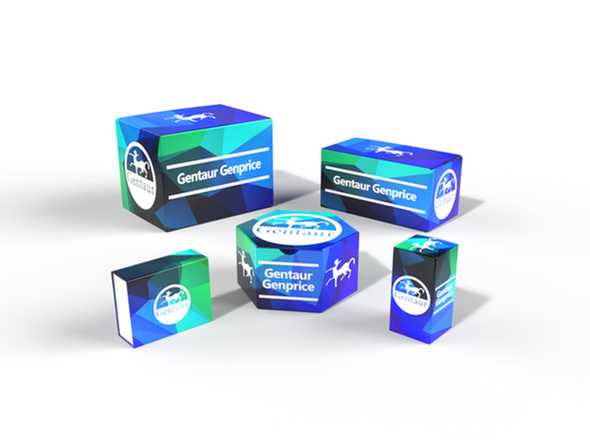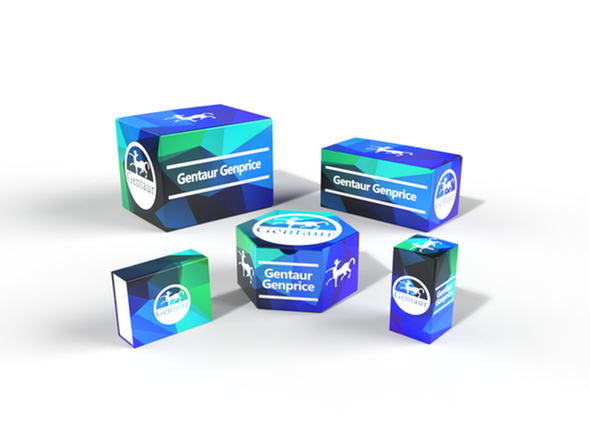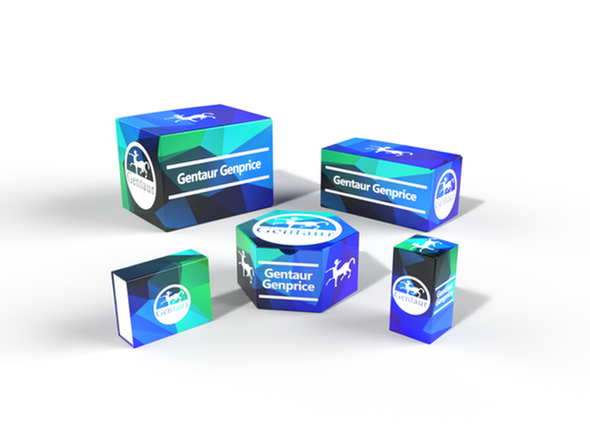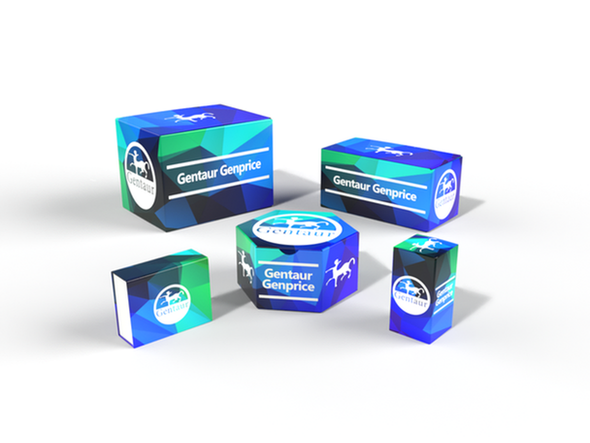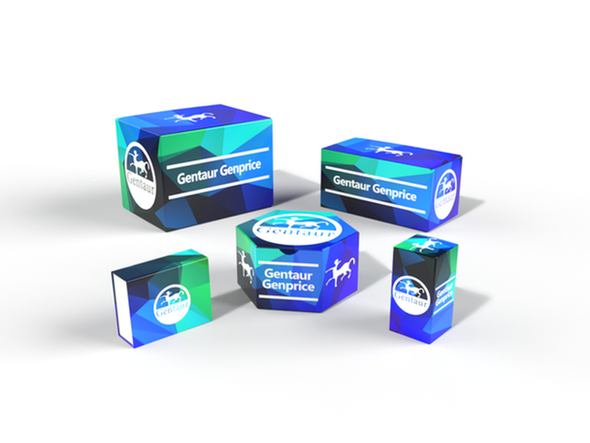Description
MAP3K15 Antibody | 56-348 | Gentaur UK, US & Europe Distribution
Host: Rabbit
Reactivity: Human, Mouse
Homology: N/A
Immunogen: This MAP3K15 antibody is generated from rabbits immunized with a KLH conjugated synthetic peptide between 315-342 amino acids from the N-terminal region of human MAP3K15.
Research Area: Signal Transduction
Tested Application: WB, IHC-P, Flow
Application: For WB starting dilution is: 1:1000
For IHC-P starting dilution is: 1:10~50
For FACS starting dilution is: 1:10~50
Specificiy: N/A
Positive Control 1: N/A
Positive Control 2: N/A
Positive Control 3: N/A
Positive Control 4: N/A
Positive Control 5: N/A
Positive Control 6: N/A
Molecular Weight: 147 kDa
Validation: N/A
Isoform: N/A
Purification: This antibody is purified through a protein A column, followed by peptide affinity purification.
Clonality: Polyclonal
Clone: N/A
Isotype: Rabbit Ig
Conjugate: Unconjugated
Physical State: Liquid
Buffer: Supplied in PBS with 0.09% (W/V) sodium azide.
Concentration: batch dependent
Storage Condition: Store at 4˚C for three months and -20˚C, stable for up to one year. As with all antibodies care should be taken to avoid repeated freeze thaw cycles. Antibodies should not be exposed to prolonged high temperatures.
Alternate Name: Mitogen-activated protein kinase kinase kinase 15, Apoptosis signal-regulating kinase 3, MAPK/ERK kinase kinase 15, MEK kinase 15, MEKK 15, MAP3K15, ASK3
User Note: Optimal dilutions for each application to be determined by the researcher.
BACKGROUND: The protein encoded by this gene is a member of the mitogen-activated protein kinase (MAPK) family. These family members function in a protein kinase signal transduction cascade, where an activated MAPK kinase kinase (MAP3K) phosphorylates and activates a specific MAPK kinase (MAP2K) , which then activates a specific MAPK. This MAP3K protein plays an essential role in apoptotic cell death triggered by cellular stresses. [provided by RefSeq].


